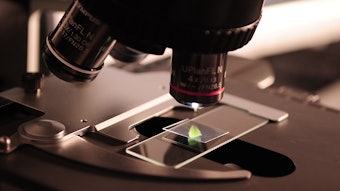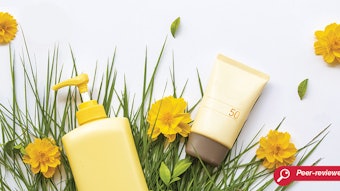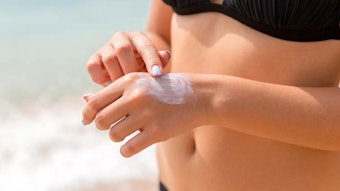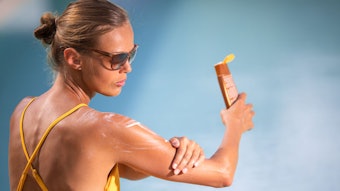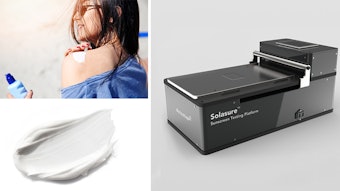Editor’s note: This is the third article in a four-part series considering the effects of test variables on SPF results. The final article, to appear in the November 2013 issue, will consider the effects of pressure on SPF results.
Sun protection factor (SPF) is one of the most used indicators for the classification of protection levels afforded by sunscreen products against sunburn, mainly due to harmful UVB radiation (290–320 nm solar spectrum range)—and recent studies,1-3 it should be noted, have shown the importance of protection against UVA (320 nm–400 nm). SPF has historically been evaluated by in vivo methods, but in recent years, for ethical, economical and practical reasons, in vitro evaluations are being used more and more. These methods are recognized worldwide, although with significant disparity in results between, and sometimes even within, laboratories. Further, results from in vitro methods must correlate in vivo, which is challenging mainly due to the biological endpoints of tests being subject-dependant.
One advantage of in vitro methods is that, in theory, they should at the very least provide the same measurement with optimized intra- and inter-laboratory protocols. However, most would agree that this is not currently demonstrated. Indeed, in vitro methods are based on the assessment of UV transmittance through a thin film of sunscreen sample spread onto a roughened substrate, and these measurements are not yet well-controlled.
Recently validated in vitro methods have been proposed and accepted worldwide by the International Organization for Standardization (ISO)4 and Cosmetics Europe, formerly Colipa,5 but they still rely upon an in vivo value.6 Others use a ratio within the absorbance curve, such as the critical wavelength, as proposed by Cosmetics Europe in the European Union. The U.S. Food and Drug Administration (FDA) requires both in vivo and in vitro methods.7

